- Home
- slideshows
- miscellaneous
- 10 of the most powerful weapons NATO has to take on Putin's Russia
10 of the most powerful weapons NATO has to take on Putin's Russia
F-35 Lightning II Joint Strike Fighter

Eurofighter Typhoons
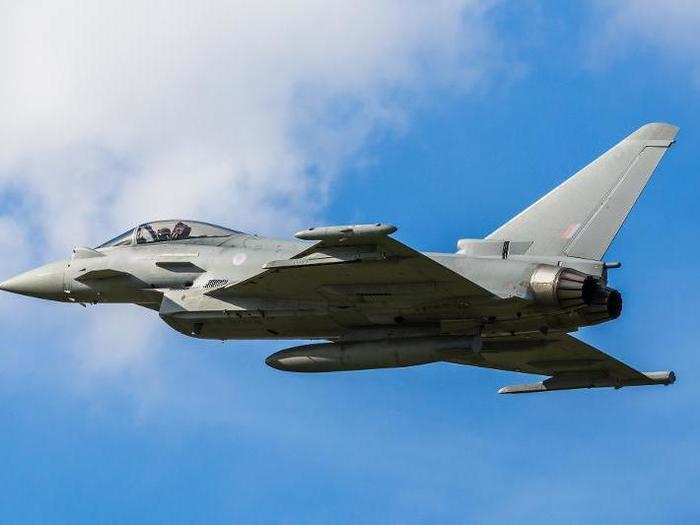
The Eurofighter Typhoon is a capable mutli-role aircraft designed by a handful of NATO countries, namely the UK, Germany, Italy, and Spain, determined to field an elite air-superiority fighter. France, which walked away from the Eurofighter project, independently built a similar fighter known as the Dassault Rafale.
Observers argue that the Typhoon is comparable to late-generation Russian Flanker variants, such as the Su-35.
While each aircraft has its advantages, be it the agility of the Typhoon or the low-speed handling of the Flanker, the two aircraft are quite similar, suggesting, as The National Interest explained, that the Eurofighter could hold its own in a dogfight with the deadly Russian fighter.
Bombers
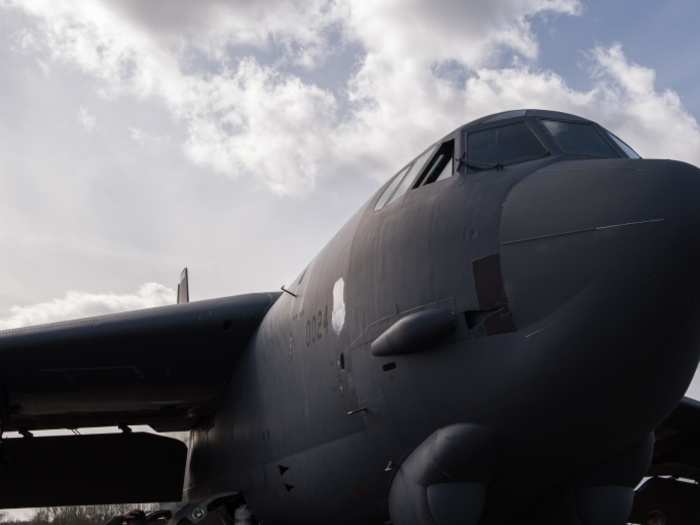
The US provides conventional and nuclear deterrence capabilities through the regular rotation of bomber aircraft into the European area of operations.
Read More: A big batch of B-52 bombers is flying into Europe amid heightened tensions with Russia
American bombers have been routinely rotating into the area since Russia annexed Crimea in 2014, according to Military.com. That year, the Pentagon sent two B-2 Spirit bombers and three B-52s to Europe for training. The B-1B Lancers are also among the US bombers that regularly operate alongside NATO allies.
US P-8A Poseidon
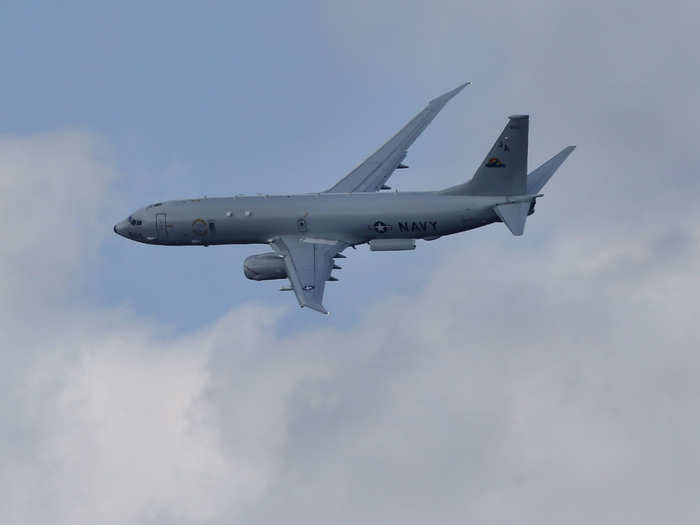
"There's also the maritime posture, particularly as Russia continues to rely on a submarine nuclear deterrent. We need a stronger presence. That's why we're seeing Norway, the US, UK do more with the P-8As," Conley, the CSIS expert, told BI.
Facing emerging threats in the undersea domain, where the margins to victory are said to be razor thin, NATO allies are increasingly boosting their ability to hunt and track enemy submarines from above and below the water.
While there are a number of options available for this task, the US Navy P-8A Poseidon patrol plane, which was brought into replace the US military's older P-3 Orions, are among the best submarine hunters out there.
Frigates
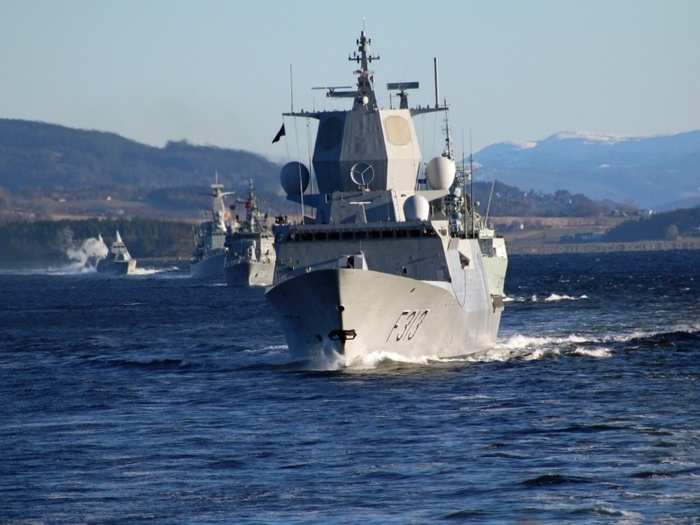
Another effective anti-submarine capability is that provided by the various frigates operated by a number of NATO countries.
"The NATO allies, in particular Italy, France, Spain, all have frigates that have very capable anti-submarine warfare systems," Bryan Clark with the Center for Strategic and Budgetary Assessments told BI.
"They have active low-frequency sonars that are variable-depth sonars. They can find submarines easily, and they are very good against diesel submarines." These forces could be used to target Russian submarines in the Eastern Mediterranean and into the Black Sea.
"Norway and Denmark also have really good frigates," he explained. "They could go out and do anti-submarine warfare" in the North Sea/Baltic Sea area, "and they are very good at that."
AH-64 Apache gunship
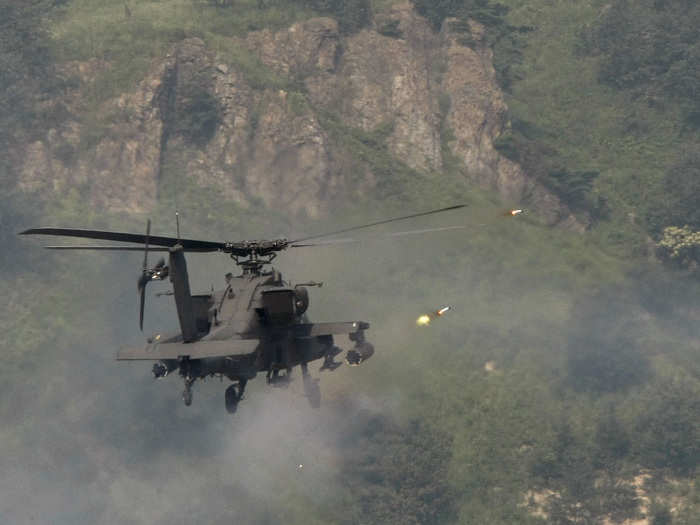
The Apache gunship helicopter, capable of close air support, has the ability to rain down devastation on an approaching armor column.
The attack helicopters can carry up to sixteen Hellfire missiles at a time, with each missile possessing the ability to cripple an enemy armor unit. The Hellfire is expected to eventually be replaced with the more capable Joint Air-to-Ground Missile.
The Cold War-era Apache attack helicopters have been playing a role in the counterinsurgency fight in the Middle East, but the gunships could still hit hard in a high-end conflict.
German Leopard 2
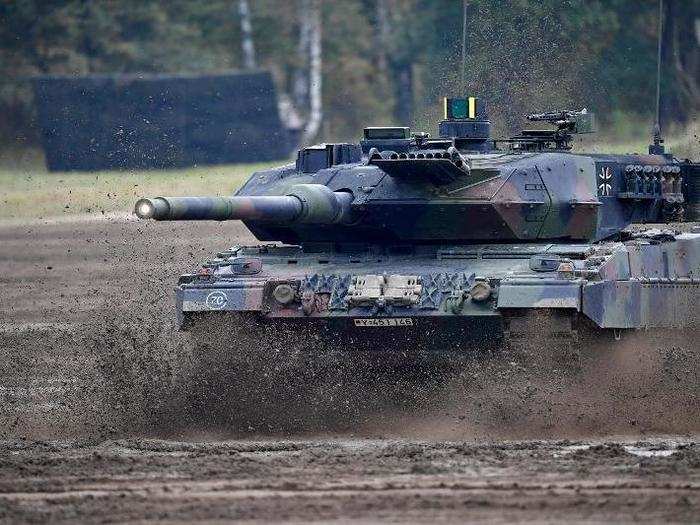
The Leopard 2 main battle tank, which gained a reputation for being "indestructible," is a formidable weapon first built to blunt the spearhead of a Soviet armor thrust and one that would probably be on the front lines were the NATO alliance and Russia to come to blows.
While this tank, a key component of NATO's armored forces, took an unexpected beating in the fight against the Islamic State in Syria, it is still considered one of the alliance's top tanks, on par with the US M1 Abrams and the British Challenger 2.
Observers suspect that the Leopard 2, like its US and British counterparts, would be easily able to destroy most Russian tanks, as these tanks are likely to get the jump on a Russian tank in a shoot out.
US Nimitz-class aircraft carriers
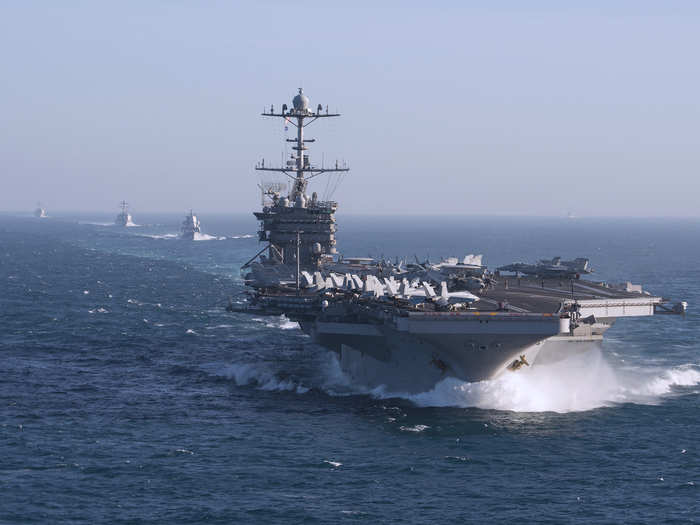
A last-minute addition to last year's Trident Juncture exercise — massive NATO war games designed to simulate a large-scale conflict with Russia — was the USS Harry S. Truman, a Nimitz-class aircraft carrier, and its accompanying strike group.
The carrier brought 6,000 servicemembers and a large carrier air wing of F/A-18 Super Hornets to Norway for the largest drill in years.
"One thing the NATO naval partners have been looking at is using carriers as part of the initial response," Clark told BI. The US sails carriers into the North Atlantic to demonstrate to Russia that the US can send carriers into this area, from which it could carry out "operations into the Baltics without too much trouble," he added.
America's ability to project power through the deployment of aircraft carriers is unmatched, due mainly to the massive size, sophistication and training regimen of its carrier fleet. The UK and France also have aircraft carriers.
PATRIOT surface-to-air missile system
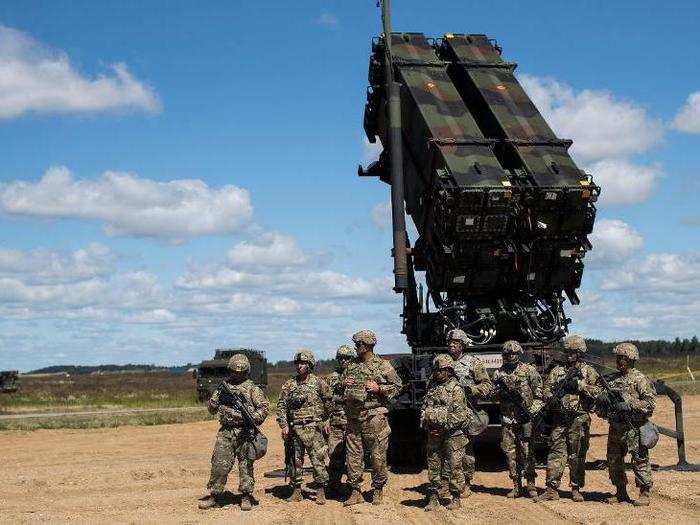
PATRIOT, which stands for "Phased Array Tracking Radar to Intercept on Target," is an effective surface-to-air guided air and missile defense system that is currently used around the world, including in a number NATO countries.
There is a "need for an integrated air and missile defense picture," Conley told BI. "That is certainly a high-valued protection for the alliance."
Read More: Poland signs nearly $5 billion deal for US Patriot missile system facing Russia
NATO is also in the process of fielding Aegis Ashore sites, land-based variants of the sea-based Aegis Ballistic Missile Defense System, that can track and fire missiles that intercept ballistic targets over Europe.
US Virginia-class submarines
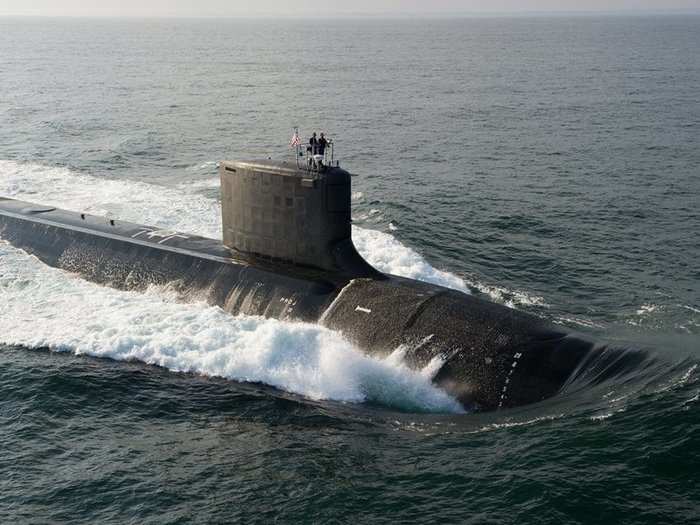
Virginia-class submarines, nuclear-powered fast attack boats, are among the deadliest submarines in the world. They are armed with torpedoes to sink enemy submarines and surface combatants, and they can also target enemy bases and missile batteries ashore with Tomahawk cruise missiles.
These submarines "could be really useful to do cruise missile attacks against some of the Russian air defense systems in the western military district that reach over the Baltic countries," Clark told BI.
"You can really conduct air operations above these countries without being threatened by these air defense systems. So, you would want to use cruise missiles to attack them from submarines at sea."
Popular Right Now
Popular Keywords
Advertisement